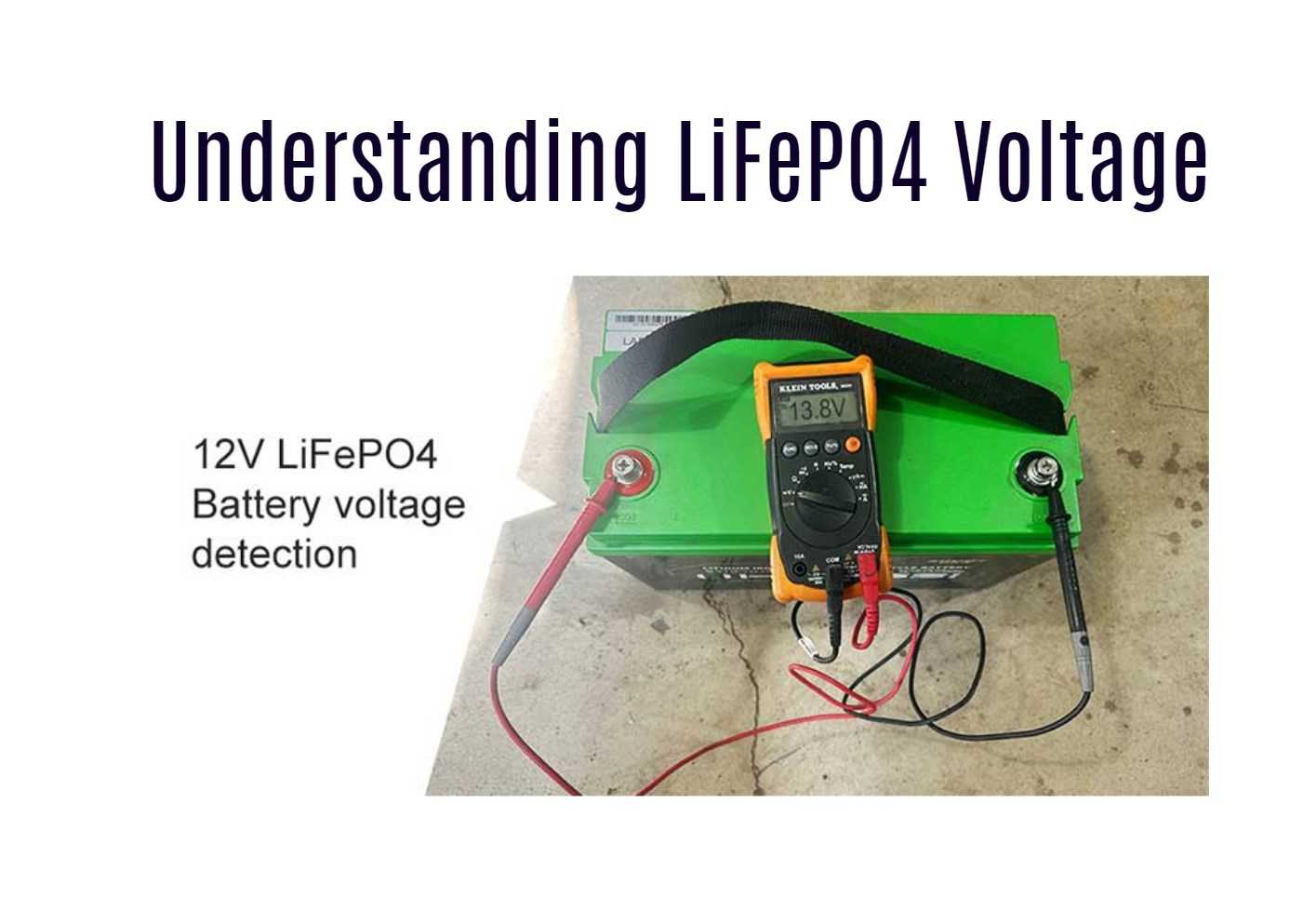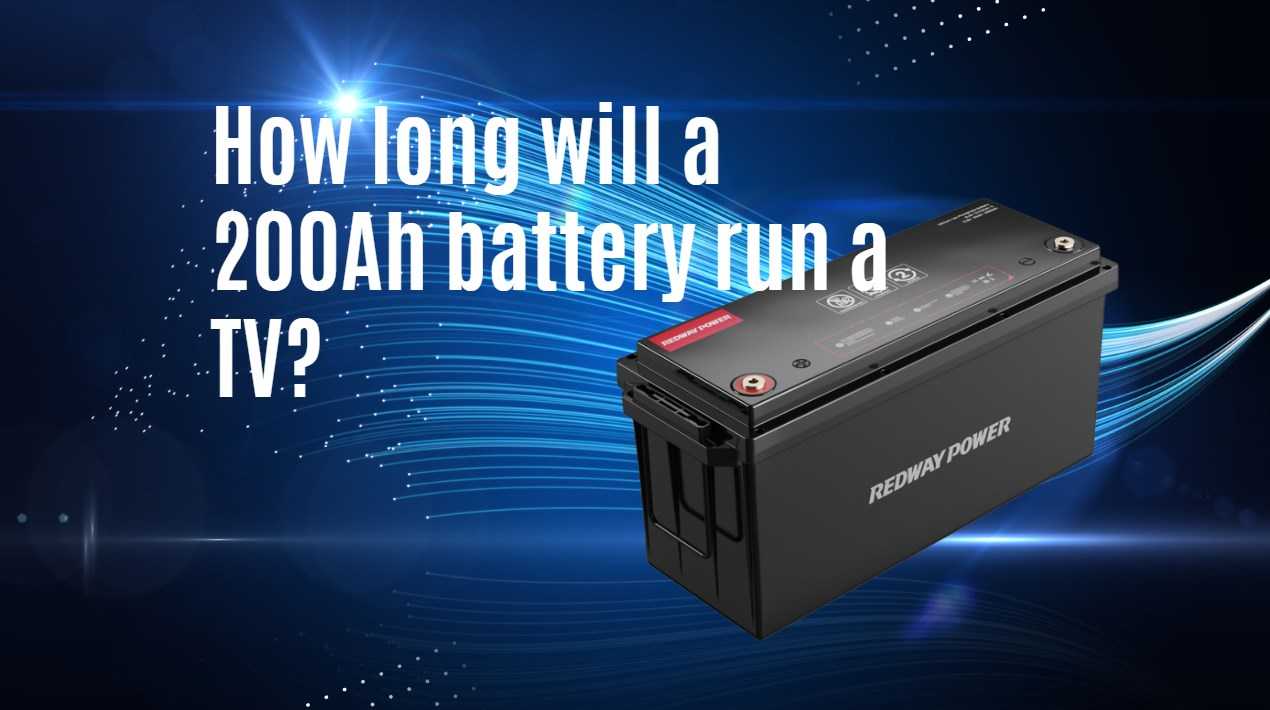Understanding LiFePO4 Voltage: A Complete Guide and Chart
Lithium Iron Phosphate (LiFePO4) batteries are renowned for their stability, safety, and long cycle life. Understanding the voltage characteristics of these batteries is essential for maximizing their performance and longevity. This comprehensive guide will cover the nominal voltage, charging parameters, discharge limits, and provide a detailed voltage chart for LiFePO4 batteries.
Key Voltage Characteristics of LiFePO4 Batteries
- Nominal Voltage: The nominal voltage of a LiFePO4 cell is typically around 3.2 volts. This is the average voltage during normal operation.
- Charge Voltage: The maximum charging voltage for a LiFePO4 cell is generally between 3.55V and 3.70V, with 3.65V being the most common target for full charge.
- Discharge Voltage: The safe discharge range for LiFePO4 cells is approximately 2.5V to 3.6V, with a minimum recommended discharge voltage of about 2.0V to prevent damage.
- Float Voltage: When fully charged and not under load, the float voltage typically ranges from 3.40V to 3.50V per cell, helping maintain battery health without overcharging.
Voltage Chart for LiFePO4 Batteries
Understanding the state of charge (SoC) in relation to voltage is crucial for effective battery management. Below is a detailed voltage chart that illustrates the relationship between SoC and voltage levels:
| State of Charge (%) | Cell Voltage (V) |
|---|---|
| 100% | 3.60 – 3.65 |
| 90% | 3.50 – 3.55 |
| 80% | 3.45 – 3.50 |
| 70% | 3.40 – 3.45 |
| 60% | 3.35 – 3.40 |
| 50% | 3.30 – 3.35 |
| 40% | 3.25 – 3.30 |
| 30% | 3.20 – 3.25 |
| 20% | 3.10 – 3.20 |
| 10% | 2.90 – 3.00 |
| 0% | 2.00 – 2.50 |
This chart helps users gauge the battery’s state and make informed decisions about charging and discharging practices.
Charging Parameters for LiFePO4 Batteries
To ensure optimal performance and longevity, it’s vital to adhere to specific charging parameters:
- Charging Voltage: For full charge, aim for around 14.6V for a typical 12V LiFePO4 battery pack.
- Float Voltage: Maintain at approximately 13.6V when the battery is fully charged but not in use.
- Maximum Charging Current: Typically set at 0.5C to C, where C represents the capacity in Ah (e.g., a 100Ah battery would have a maximum charging current of up to 100A).
Discharge Parameters
Understanding discharge limits is equally important:
- Minimum Discharge Voltage: Avoid discharging below 2.0V per cell to prevent irreversible damage.
- Continuous Discharge Current: Most LiFePO4 batteries can handle continuous discharge rates of up to 1C, depending on design specifications.
Applications of LiFePO4 Batteries
LiFePO4 batteries are used across various industries due to their unique properties:
- Renewable Energy Systems: Ideal for solar energy storage, providing reliable power during peak demand periods.
- Electric Vehicles (EVs): Widely used in EVs due to their high energy density and safety features.
- Backup Power Supplies: Suitable for UPS systems in critical applications like hospitals and data centers.
- Marine Applications: Commonly used in boats and RVs due to their lightweight design and durability.
Latest News
Recent advancements in LiFePO4 technology have highlighted several key trends:
- Increased Efficiency: New designs are improving energy density, making these batteries even more efficient.
- Smart Battery Management Systems (BMS): Innovations in BMS technology enhance safety by monitoring voltage levels and preventing overcharging.
- Sustainability Initiatives: Manufacturers are focusing on environmentally friendly practices in production and recycling processes.
These developments reflect a growing commitment to improving energy storage solutions across various sectors.
Redway Expert Comment
“In our extensive experience at Redway Battery, understanding the voltage characteristics of LiFePO4 batteries is crucial for optimizing their performance in various applications. With a nominal voltage of around 3.2V per cell, these batteries provide reliable power while ensuring safety and longevity when managed correctly.” In conclusion, understanding the voltage characteristics of LiFePO4 batteries is essential for maximizing their performance and lifespan. By adhering to recommended charging and discharging practices, users can ensure that these powerful energy storage solutions meet their needs effectively.





